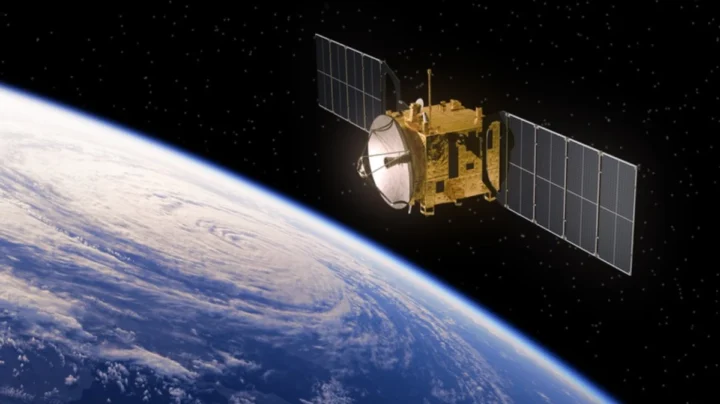Starlink isn’t the only one wanting to bring the Internet to remote areas. ESA announces its own plan to connect all of Europe. The European Space Agency wants to confront SpaceX’s service with a curious proposal to take the global network everywhere. Here’s how it works!
Xtend 5G: ESA will offer economical access to internet via satellite
Internet access in remote locations is a problem due to multiple factors, such as the difficulty and high cost of installing fiber optic cables, technological limitations and the complications of network maintenance. In many regions of the world, companies like Starlink have solved the connectivity problem through satellite connection.
The European Space Agency (ESA) recently announced a partnership with the Swedish company Forsway to provide cost-effective Internet access in regions of Europe where traditional connectivity is difficult to provide, such as rural villages, mountainous regions and even small islands.
As can be read in published statement on the European Space Agency's official website, the collaboration between ESA and Forsway will focus on development of Xtend 5G, a hybrid solution which combines terrestrial and satellite networks to provide stable Internet connectivity in places with limited infrastructure.
The project is financially supported by the program ARTS 4.0 by ESA and the Swedish National Space Agency (SNSA) and will be particularly beneficial for people living in remote areasespecially given the importance of having a quality Internet connection these days.
A statement released by ESA highlights the importance of the project, stating that people living in these regions will be able to take advantage of the potential of Xtend 5G to access medical consultations via the Internet, study and reach new customers. In other words, things that, in any other part of the world, would be taken for granted.

Combining satellites and terrestrial networks to reach remote areas in Europe
The main peculiarity of Xtend 5G is its bet on a hybrid system that combines satellites and terrestrial networks to expand coverage in rural areas and facilitate Internet access. This is a solution that can be used as a main connection or as a backup in emergency situations in which connectivity has been affected.
According to Antonio Franchi, manager of ESA's 5G/6G Non-Terrestrial Network (NTN) program, hybrid communication systems that integrate satellite connectivity, non-terrestrial networks and traditional mobile networks will play an important role in the Earth's connectivity ecosystems. future. By combining several different technologies, these systems are very flexible and can be very useful in different situations.
We believe that hybrid communications technologies that integrate satellite, 5G non-terrestrial networks (NTN) and mobile networks will play an important role in future connectivity ecosystems. We are pleased to support Forsway in this unique project with funding, guidance and expertise.
Antonio Franchi stated.
Source: pplware.sapo.pt


